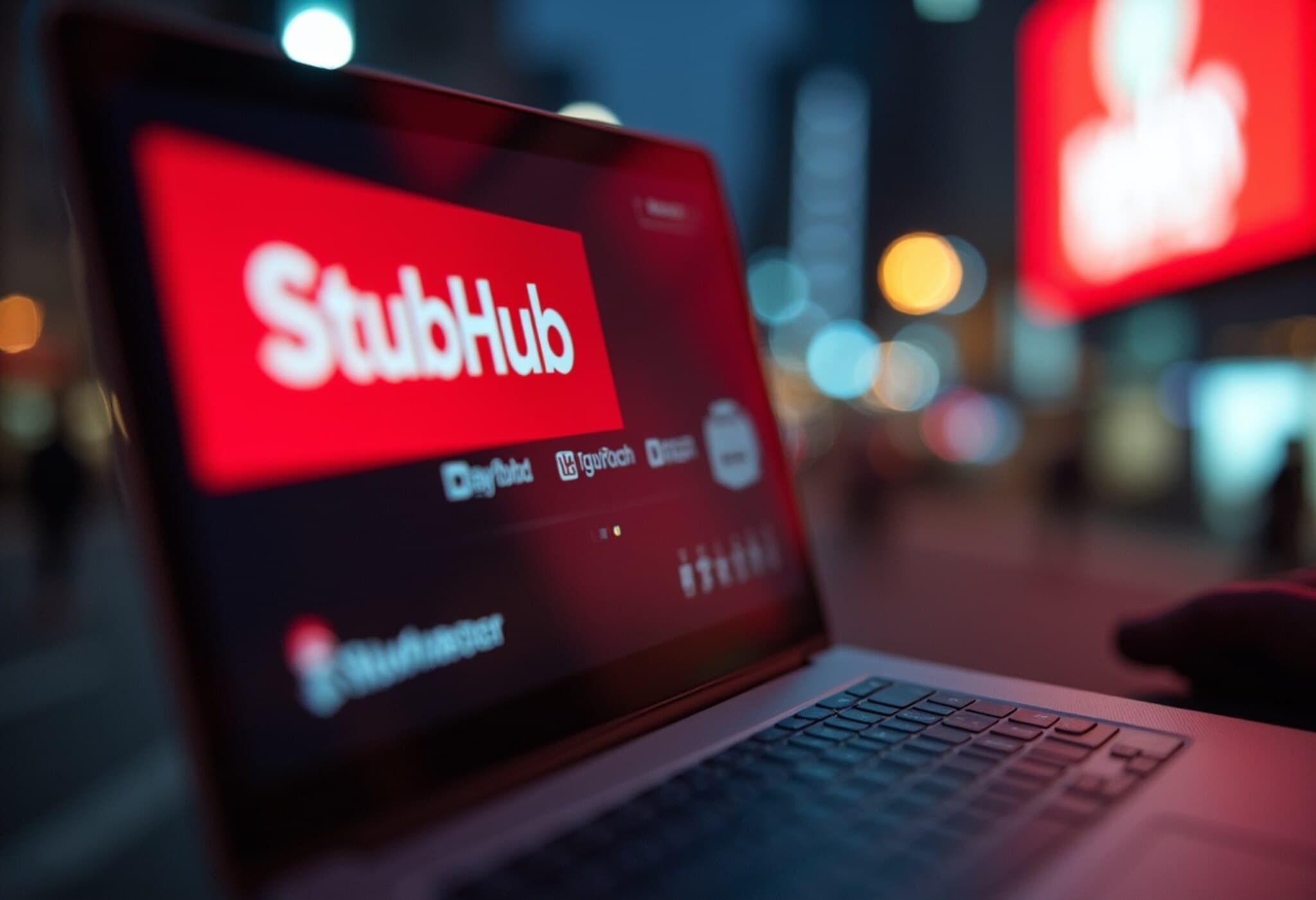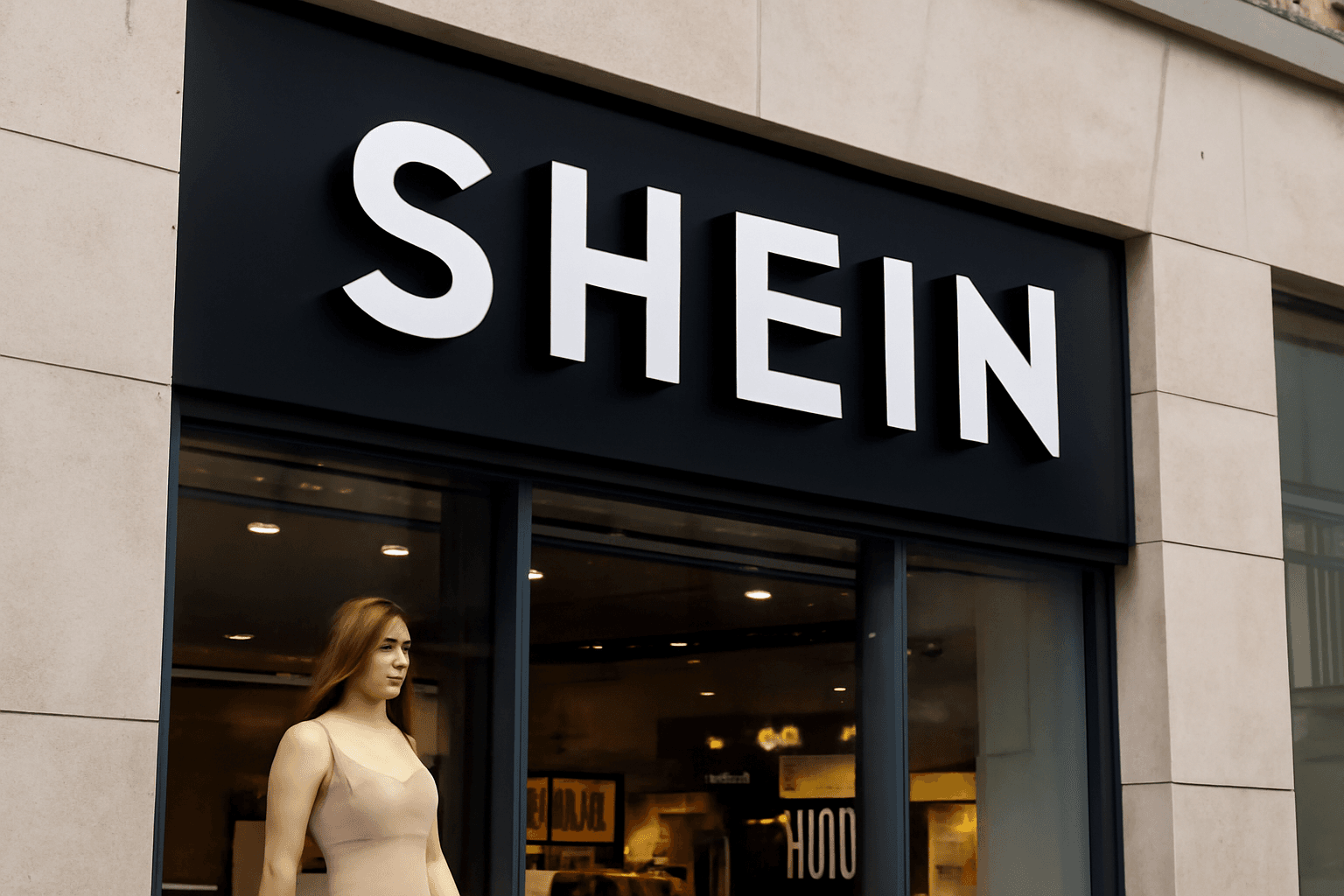StubHub Resumes IPO Journey After Market Pause
After a hiatus sparked by volatile market conditions earlier this year, online ticketing giant StubHub has reignited plans to go public this September. The company, which separated from eBay in 2020, updated its IPO prospectus on Monday, effectively signaling a fresh start in its journey to a public listing.
Background: IPO Delay and Market Challenges
StubHub originally filed for an IPO in March 2025, aiming to debut on the New York Stock Exchange under the ticker symbol STUB. However, the launch was paused in April due to sharp market disruptions caused by new tariffs introduced under President Donald Trump's administration, which unsettled investor confidence. This cautious retreat aligned with broader market hesitations amid inflation pressures and rising interest rates.
Firm Timeline and Financial Overview
Sources close to the company indicate that StubHub intends to kick off its IPO roadshow immediately after Labor Day on September 1, 2025, with an anticipated public offering later that same month. While the company declined official comment, the fresh S-1 filing highlights promising growth metrics:
- Revenue surged 10% year-over-year in Q1 2025, reaching $397.6 million.
- Operating income rose to $26.8 million, a notable turnaround from a loss the prior year.
- Despite operational gains, net losses widened to $35.9 million compared to $29.7 million a year prior, underscoring ongoing investment or market pressures.
Market Context: IPO Climate and Industry Competition
The IPO landscape has experienced a resurgence after an extended dry spell, with several startups in diverse sectors such as aerospace and crypto moving forward with public offerings. This revitalization sets a more favorable environment for StubHub, especially as competition intensifies within the online ticketing sphere.
StubHub faces formidable rivals including Ticketmaster (owned by Live Nation), as well as other secondary marketplaces like SeatGeek and TicketNetwork. The company's robust first-quarter performance—reported gross merchandise sales of $2.08 billion, up 15% from last year—reflects steady market demand despite a slowdown from the previous quarter's 47% surge.
Strategic Perspectives and Regional Implications
StubHub’s reemergence into the IPO arena comes at a critical junction where U.S. consumer confidence and spending patterns are in flux. The company's growth signals resilience in the ticketing market, driven by major concert tours and live events, which are central to American cultural life and entertainment economics.
Furthermore, its public offering could influence market valuations for similar technology-driven secondary marketplaces and provide investors with fresh opportunities to tap into the lucrative live events ecosystem.
Underreported Aspects and Critical Considerations
- Tariff Impact Nuance: While tariffs delayed the IPO, deeper analysis into how supply chain costs and international relations affect ticket pricing and event profitability would be valuable.
- Technology Innovation: StubHub’s strategy for integrating AI-driven personalization or blockchain for ticket authenticity remains an unspoken factor that could sway market perception.
- Consumer Behavior Shifts: The pandemic accelerated digital ticket adoption, but how StubHub navigates evolving event attendance patterns warrants closer scrutiny.
Looking Ahead
As StubHub prepares for its anticipated public debut, stakeholders will be watching how the company balances growth ambitions with profitability, and how it positions itself amid intense competition and economic headwinds. Its performance could serve as a bellwether for the broader ticketing and live entertainment sectors.
Editor's Note
StubHub’s IPO revival not only underscores market resilience but also brings to light the nuanced challenges of navigating geopolitical trade policies and evolving consumer landscapes. Readers should consider how this dynamic reflects broader themes in digital marketplace growth and economic recovery post-pandemic. Will StubHub leverage innovation to differentiate itself, or will competitive pressures compress margins in a maturing industry? The upcoming months will reveal the answers.



















